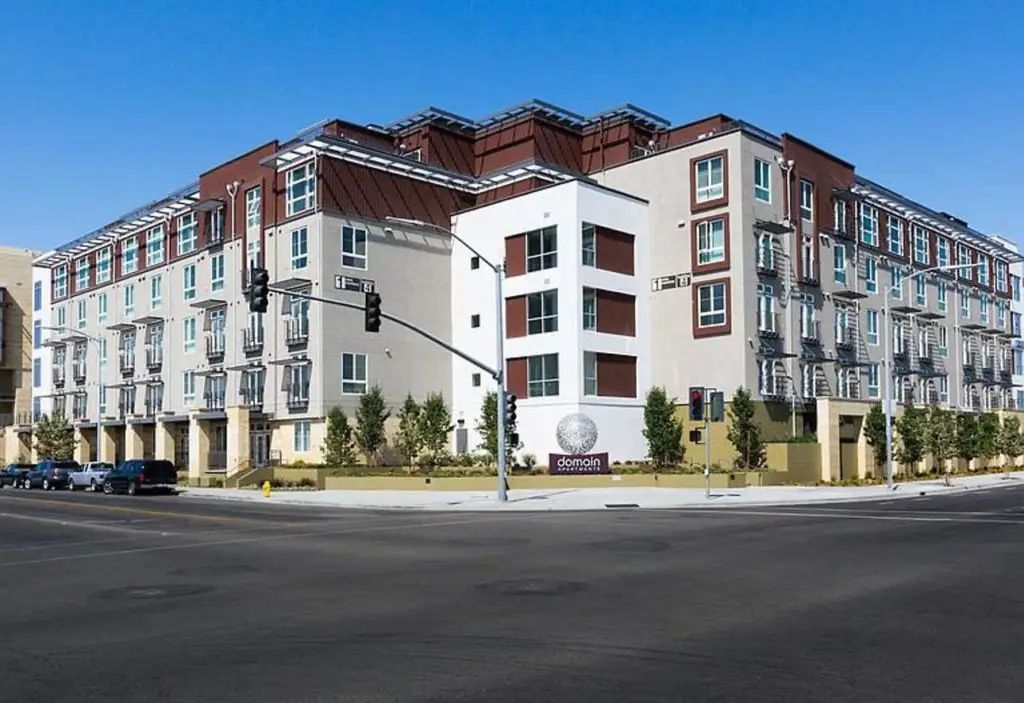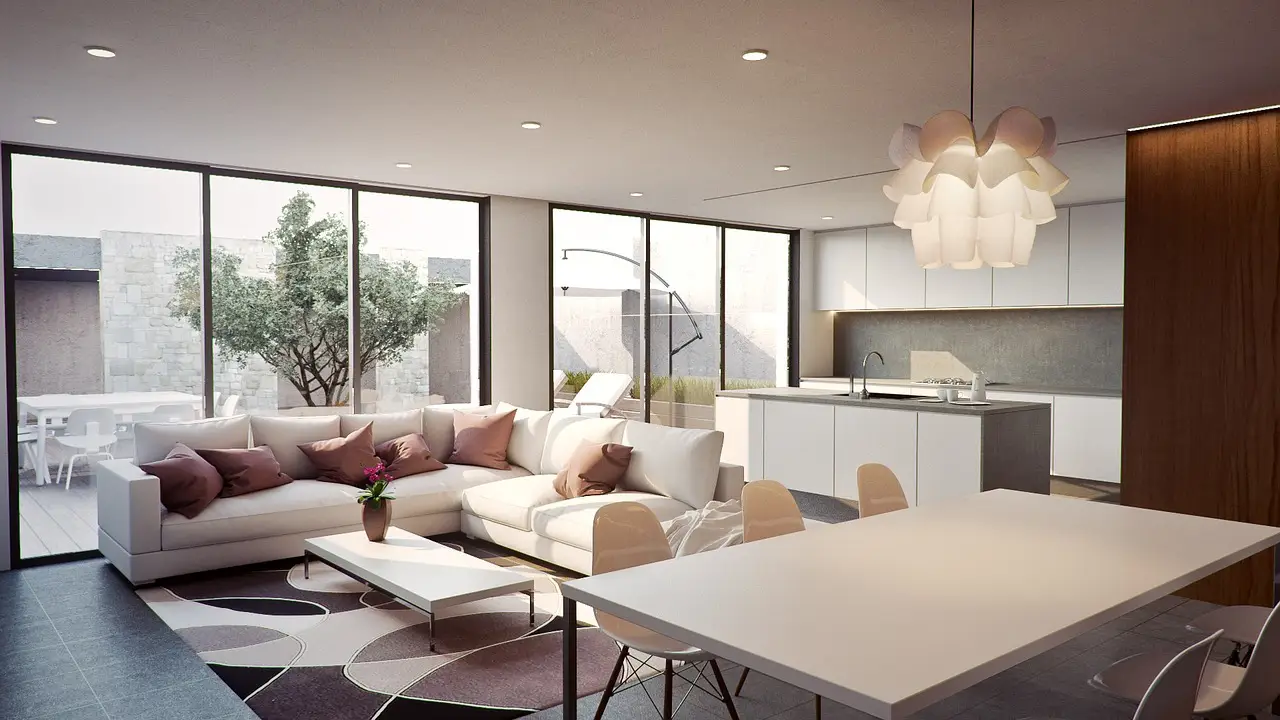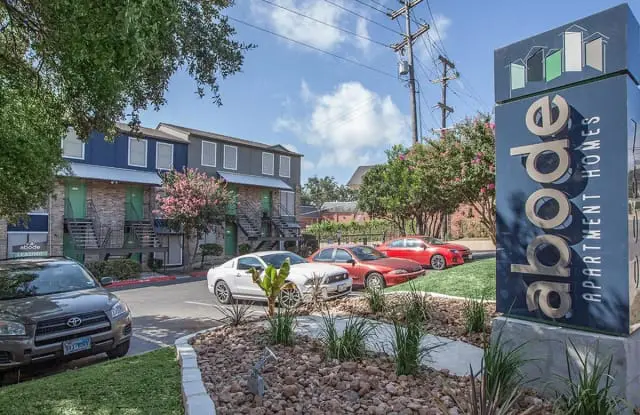Modular building, sometimes known as prefabricated construction, has been a readily-available technology to developers for some time now, yet you’d be forgiven for not noticing. Despite modular processes claiming to be both cheaper and faster than traditional stick frame construction, developers have yet to adopt the methods widely.
For those unfamiliar, modular construction involves a specialized company building 80-90%+ of the final product indoors within a confined, off-site factory. Due to the layout and design of the buildings, sections (or modules) are predefined and able to be easily disconnected and shipped to the property location where final assembly takes place. The assembly itself can look a lot like stacking boxes, but is unnoticeable when the building is complete.
Growing regional firms like Guerdon Modular of the West coast, or Westchester out of the Northeast, are starting to take on some of the biggest modular multifamily and hospitality projects to date. As some of these leaders push the boundaries of what is possible, smaller startups will pop up to fill in the cracks.

Good as they Say
How do modular building companies provide these benefits? The key lies in simultaneous site development and construction. While a number of the crew are at the plant building the modules, the rest is at the property location clearing and preparing the site.
Thanks to the indoor nature of constructing the buildings at the plant, rain and other weather delays are not a factor, speeding up things further. When traditional construction would just be starting (generally right after the site is finished being prepared), modular building companies have begun shipping the prefabricated modules to the site to be assembled. And assembly takes significantly less time.
The cost savings go beyond just time and materials for developers, though. Time-to-occupancy, or the amount of time from construction start to the first day a tenant can occupy the building, is an important but rarely mentioned metric. The longer a project goes on for, the longer a developer and their investors have to wait to either sell or begin making a return on the investment by operating. No matter how you slice it, a longer wait time means less overall return, and modular’s swiftness helps with this as well.
Building Mismatch
Confusingly – at least, to this writer – modular construction has seen its biggest gain in popularity so far in the single family home space. While individual homes can certainly appreciate the time and cost benefits of modular building, they also are traditionally a custom construction endeavor. Most home buyers are looking for “their” home, a unique building in its own right that is different from others. Drive down any suburban street and you will (usually) find each house different from the next, barring master-planned neighborhoods.
While modular construction companies can and do build custom buildings for each client, the economies of scale available for multifamily communities are much more significant. A single family owner may save some cost by building off-site, but it certainly won’t be as much as an apartment developer building 40 of the same module for a 400 unit endeavor.
The resulting multifamily property will be custom in totality, but cookie-cutter across individual apartments. But fortunately, similar-style apartments are not only the norm in multifamily communities, but generally expected by tenants. When touring apartments, tenants are much more focused on the finishings of their would-be unit and its price than they are uniqueness or specific amenities.
This tolerance should give multifamily developers free reign of modular construction, as the project would gain the modular benefits, while the target audience doesn’t mind the downside.
A Modular Rising
As the modular construction industry continues to grow out of infancy, expect to see more and more developers using their services, and wisely so. Due to their many benefits and relatively few shortcomings, it’s hard to imagine a future where this type of building does not become the norm.






